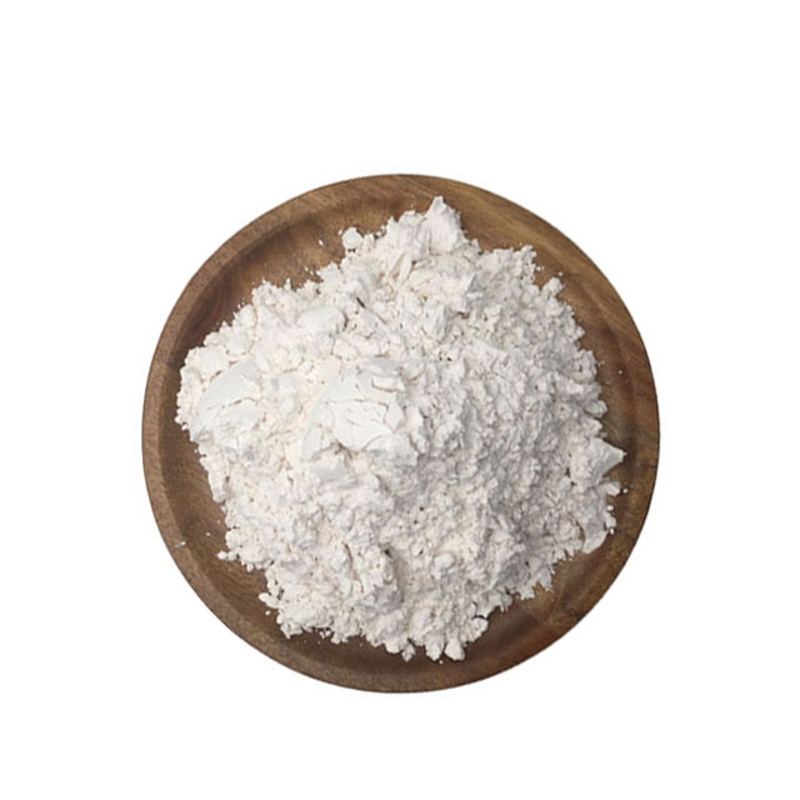-
Categories
-
Pharmaceutical Intermediates
-
Active Pharmaceutical Ingredients
-
Food Additives
- Industrial Coatings
- Agrochemicals
- Dyes and Pigments
- Surfactant
- Flavors and Fragrances
- Chemical Reagents
- Catalyst and Auxiliary
- Natural Products
- Inorganic Chemistry
-
Organic Chemistry
-
Biochemical Engineering
- Analytical Chemistry
- Cosmetic Ingredient
-
Pharmaceutical Intermediates
Promotion
ECHEMI Mall
Wholesale
Weekly Price
Exhibition
News
-
Trade Service
Identification of prostate stem cells/progenitocytes and the identification of the epithelocyte lineage level of the prostate are essential to understanding the occurrence of prostate cancer.
, August 17, 2020, The Chinese Academy of Sciences Shanghai Biogenic Cells Gao Dong, Chen Ronan and Sloan-Kettering Memorial Cancer Center Chen Yu Co-Newsletter published online on Nature Genetics entitled "Single-cellomics a distinct luminal progenitor cell type" In a research paper, the study identified 35,129 cells from the prostate of mice and identified unique cavity cell types (called C-cavity cells, Luminal-C) marked by Tackstd2, Ck4, and Psca expressions.
,000 Luminal-C cells located at the inner tip of the far prostate, known as Dist-Luminal-C, exhibit greater in vitro organ formation and regeneration of the prostate epithal catheter in the body.
traces of the Genealogy of the Luminal-C cells showed that the Dist-Luminal-C cells reconstructed the internal genealogy of the far prostate by self-renewal and differentiation.
the absence of Pten in Dist-Luminal-C cells leads to epithelitis in the prostate.
the study further masted prostate cells in 11,374 people and confirmed the presence of h-Luminal-C cells.
the study provides insights into the prostate lineage hierarchy, identifies Dist-Luminal-C cells as a group of cavity progenitocytes, and presents one of the potential cell origins of prostate cancer.
prostate epithal is made up of cavity cells, substrate cells, and neuroendocrine cells.
although the presence of substrate and tube stem cells in the prostate has been reported, their identification is still elusive and the epithetular cell linee of the prostate is still unclear.
used functional prostate regeneration assays from isolated cells, previous studies have shown that some substrate cells can produce all three prostate epithyl cell linees.
recently, it has been found that both substrate and cavity cells can produce organs that contain substrate cells and cavity cell linees.
cells and cavity cells that are separated from the prostate and placed under artificial conditions have the ability to differentiate.
genealogy tracking experiments showed that the substrate and cavity cells of the prostate in adult mice were largely independent of self-sustainment, and plocytes and single-energy progenitocytes were identified during postpartum development of the prostate.
, however, two independent studies have shown that rare substrate cells have the ability to produce cavity cells during prostate regeneration in the body.
under organ culture conditions, Sca-1 plus / Nkx3.1-cavity cells in the near-end region of the prostate are identified as dual-energy prostate cavity progeny cells.
different subsomes of cavity cells with stem cell/progeny properties in the far end of the complete prostate remain unknown.
note that the type of cell that expresses the definition of a dry/progenitic cell in the prostate under physiological conditions has not yet been determined.
is one of the most common cancers in the world and the second leading cause of cancer-related deaths among men in Western countries.
although most human primary prostate cancers have a tube cavity esophageal type, in the model system, both substrate and tube cells can be used as the cell origin of prostate cancer.
, however, the cell origin of prostate cancer has not yet been determined by the definition of stem cell-like plasticity of prostate epithelat cells and physiological conditions.
recently, both the prostate substrate and the tube cell population showed self-sustaining effects, and both cell types can cause prostate cancer.
, however, the carcinogenic transformation of substrate cells requires a shift from substrate to cavity cells.
addition, in some cases, in-cavity cells show a greater tendency to become the originating cells of prostate cancer.
these studies highlight the need to identify cavity-dry/ancestral cells and to personally identify their behavior in various situations.
the unsket characteristics of individual prostate cells provide a basic understanding of the epithetical cell linee hierarchy of the prostate and indicate potential dry/progenitocyte types.
recently, emerging single-cell RNA sequencing (scRNA-seq) technology has allowed gene expression in thousands of individual cells to be queried in a single experiment.
the study, 35,129 adult mouse prostate cells and 11,374 individual prostate cells were successfully analyzed using scRNA-seq.
this powerful approach, the study defined the total number of cells in the prostate cavity and identified candidate groups with cavity-drying/progeny cell properties during prostate stabilization and regeneration.
, the study demonstrated the potential of these cells as the starting cells for prostate cancer.
.







